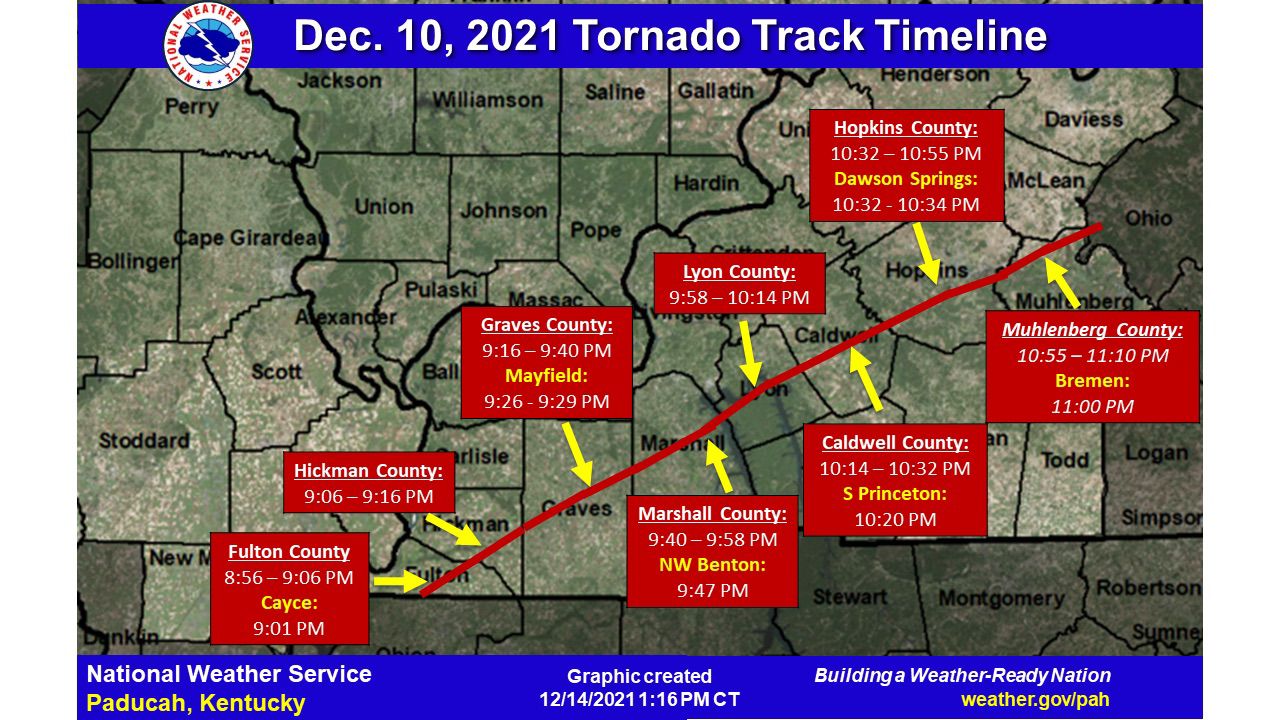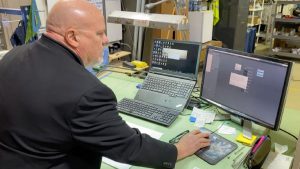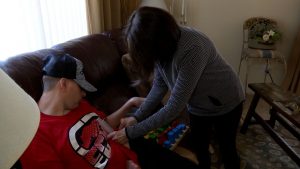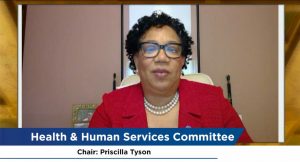CLEVELAND — The trauma is almost unimaginable. Children, as young as three, facing the death of cherished adult family members in rapid succession.
What You Need To Know
- Adverse childhood experiences (ACEs) can have a negative lasting impact on a child
- No two children have the same needs
- An organization is working to help those with multiple traumatic experiences
“We can’t get over one death, because we got another one, and another one, and another one,” said Marquice Craig.
It’s as adverse a childhood experience as anyone lives through, and it happened to Craig’s grandchildren.
“We can’t get over these hurdles,” she said.
Craig lives in Cleveland and took on the responsibility of raising her grandkids, including boys Kennedy, Chancellor and Emerson. Among the deaths in her family, domestic violence robbed the children of Craig’s mother, the family matriarch. Authorities charged the boys’ mother for the death, and she remains in prison.
Though losing the presence of two key women in their lives is tough, more wrenching is that the children witnessed their great-grandmothers’ shooting and death.
Kennedy spoke to Marquice Craig about his memories.
“He just came to me and said, G-ma, you know mommy always told us, remember I’ll always love you. So, them was actually my mother’s last words,” she said.
It’s in these extreme circumstances that the goal of building resilience to toxic stress seems almost impossible. Lateasha Lester is a counselor at Positive Education Program (PEP) in Cleveland. Lester described the status of her work with Marquice and the grandchildren.
“When you say ‘the work,’ the work is still in progress,” she said. “I don’t know how or long, or what’s the expiration date on a child getting through something that’s so traumatic for what they’ve been through—so the work is still in progress.”
If overcoming trauma isn’t a certainty for the grandchildren, at least PEP offers a sanctuary— literally. The organization draws on the sanctuary model. It shifts focus from blame to empowerment, self-awareness and creating routines to care for self and others. But PEP’s approach also accentuates the positives found in even the most trying circumstances.
“The providers are able to recognize that, and not only know the family from the problems they’re experiencing or their needs or their symptoms, but also their strengths and their identity, and who they are and what they’re proud of,” said Dan Lotz, PEP’s care manager supervisor.
PEP also practices the “wrap around care” model, which tailors and coordinates specialized care plans depending on a family’s need.
“And the good news is we see progress,” said David Walters, PEP clinical supervisor. “At times there’s tremendous progress, at times there’s little progress, but it does work, and it does give families that hope.”
And while none of this guarantees her grandkids overcome the effects of painful experiences, PEP’s sanctuary is a start to helping Craig and her family get over those hurdles.
“They just got to get to that point where they know they’ll have their good days and their bad days,” she said.




